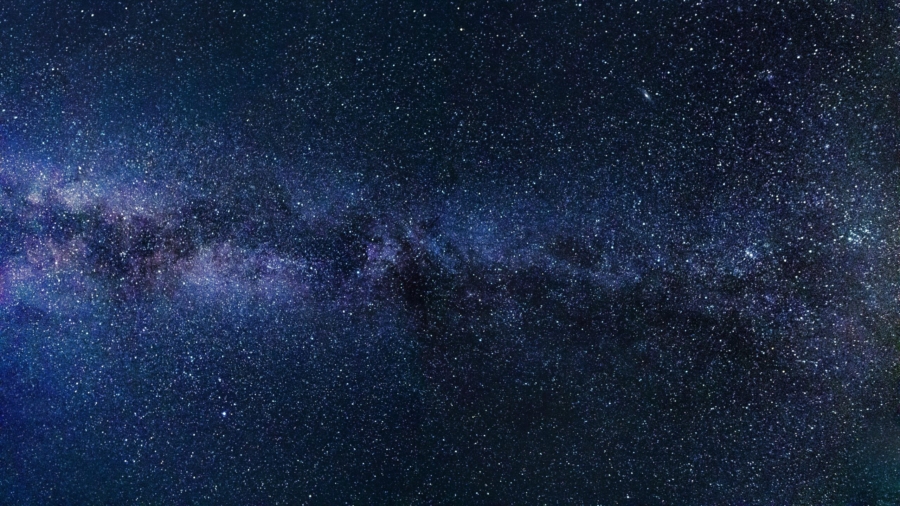Astrophotography, the practice of taking photographs of the night sky, is a captivating and rewarding hobby that combines the art of photography with the science of astronomy. Whether you’re a seasoned photographer looking to expand your skills or a beginner eager to capture the beauty of the cosmos, this guide will provide you with the knowledge and tips you need to get started. From understanding the necessary equipment to mastering the techniques, you’ll soon be on your way to creating breathtaking images of the universe.
Table of Contents
Understanding Astrophotography
Astrophotography is more than just pointing your camera at the sky and clicking the shutter. It involves a deep understanding of both your camera equipment and the celestial objects you wish to capture. There are different types of astrophotography, including wide-field, deep-sky, and planetary photography, each requiring different techniques and equipment.
Essential Equipment for Astrophotography
- Camera: A DSLR or mirrorless camera with manual settings is ideal for astrophotography. Full-frame cameras are preferred for their better low-light performance, but crop sensors can also work well.
- Lens: A wide-angle lens with a large aperture (f/2.8 or lower) is best for capturing wide-field shots of the night sky. For deep-sky objects, a telephoto lens or a telescope is required.
- Tripod: A sturdy tripod is essential to keep your camera stable during long exposures.
- Mount: For deep-sky astrophotography, an equatorial mount that tracks the motion of the stars is crucial to avoid star trails.
- Remote Shutter Release: This helps to minimize camera shake during long exposures.
- Software: Image processing software like Adobe Photoshop or Lightroom, and specialized astrophotography software such as DeepSkyStacker, are necessary for post-processing your images.
Techniques for Astrophotography
- Planning Your Shoot: Check the weather forecast, moon phase, and light pollution levels in your area. Apps like Stellarium and Photopills can help you plan your shots.
- Camera Settings: Start with a high ISO (1600-3200), a wide aperture (f/2.8 or lower), and a shutter speed between 15-30 seconds. Adjust these settings based on your results.
- Focusing: Manually focus your lens to infinity. Use live view and zoom in on a bright star to ensure it’s sharp.
- Composition: Include foreground elements like trees, mountains, or buildings to add interest and context to your shots.
- Exposure: Experiment with different exposure times to find the right balance between capturing enough light and avoiding star trails.
- Post-Processing: Use software to enhance your images by adjusting levels, curves, and colors. Stacking multiple exposures can reduce noise and bring out more detail.
Capturing the Milky Way
The Milky Way is one of the most popular targets for astrophotographers. Here are some tips for capturing this stunning feature of the night sky:
- Find a Dark Location: Light pollution can obscure the Milky Way, so find a location far from city lights.
- Use a Wide-Angle Lens: A lens with a focal length between 14-24mm will allow you to capture a wide expanse of the sky.
- Shoot During New Moon: The absence of moonlight will make the Milky Way more visible.
- Post-Processing: Enhance the contrast and clarity in post-processing to make the Milky Way stand out.
Deep-Sky Astrophotography
Deep-sky astrophotography involves capturing distant objects like galaxies, nebulae, and star clusters. This type of photography requires more specialized equipment and techniques:
- Telescope: A telescope with a tracking mount is essential for deep-sky photography.
- Guiding: Use a guide scope and camera to improve tracking accuracy.
- Stacking: Combine multiple exposures to increase signal and reduce noise.
- Narrowband Filters: These filters isolate specific wavelengths of light, allowing you to capture more detail in nebulae.
FAQS
1. What is the best time for astrophotography? The best time for astrophotography is during a new moon or when the moon is not visible. This ensures the sky is as dark as possible, allowing for better visibility of celestial objects.
2. Can I use my smartphone for astrophotography? While smartphones have improved in low-light capabilities, they are not ideal for astrophotography due to their small sensors and limited manual controls. However, with the right apps and techniques, you can still capture decent night sky images.
3. How do I avoid star trails in my photos? To avoid star trails, use a tracking mount that follows the motion of the stars. Alternatively, keep your exposure times short (typically under 30 seconds) if you’re not using a tracking mount.
4. What is image stacking? Image stacking involves taking multiple exposures of the same scene and combining them using software. This technique reduces noise and enhances detail, making it particularly useful for deep-sky astrophotography.
5. Do I need a telescope for astrophotography? A telescope is not necessary for wide-field astrophotography, such as capturing the Milky Way. However, for deep-sky objects like galaxies and nebulae, a telescope is required.
Conclusion
Astrophotography is a thrilling and enriching hobby that allows you to explore and capture the wonders of the night sky. With the right equipment, techniques, and a bit of practice, you can create stunning images that showcase the beauty of the universe. Whether you’re photographing the Milky Way, star trails, or distant galaxies, the key is to be patient, persistent, and always ready to learn and experiment. So grab your camera, find a dark spot, and start capturing the night sky!


Add a Comment